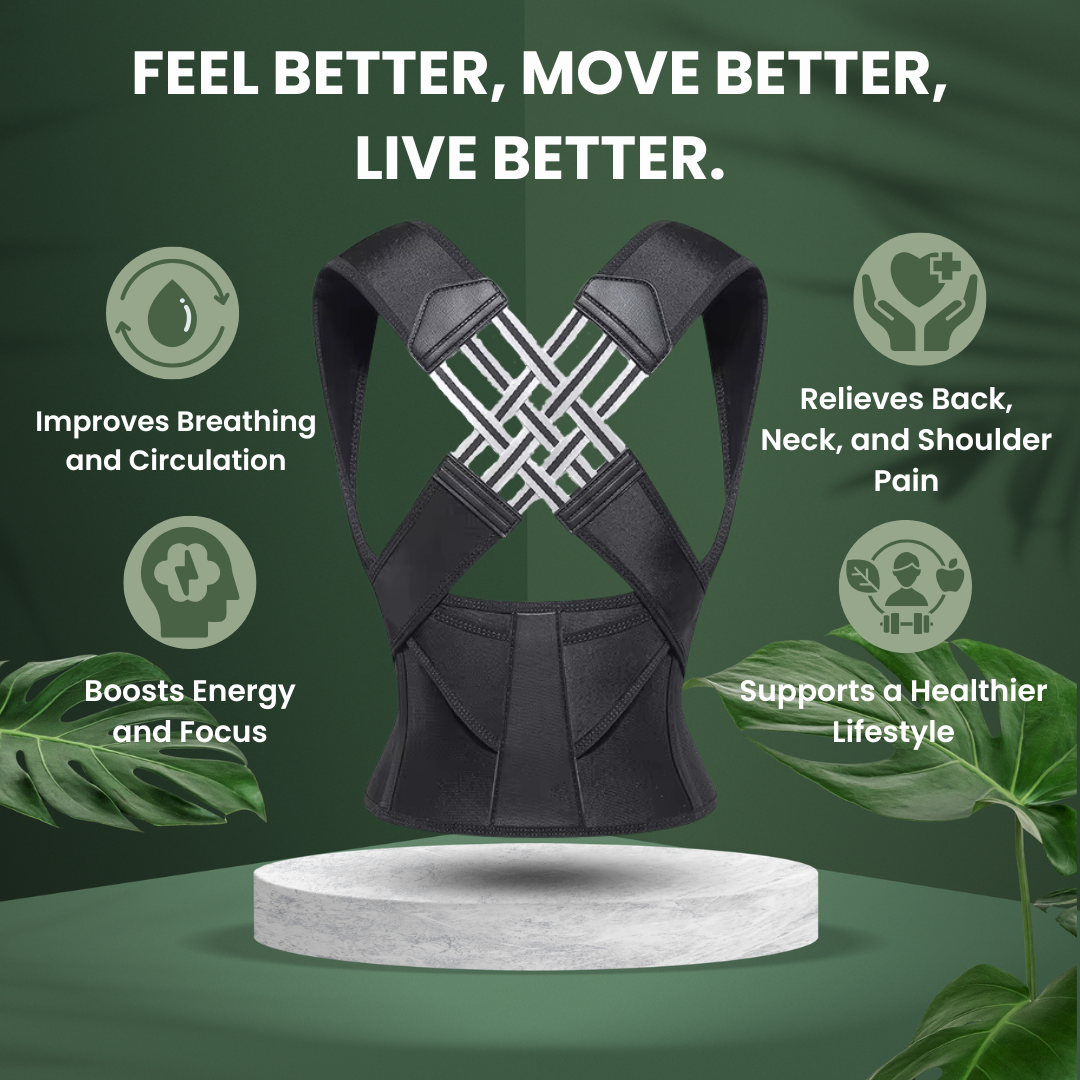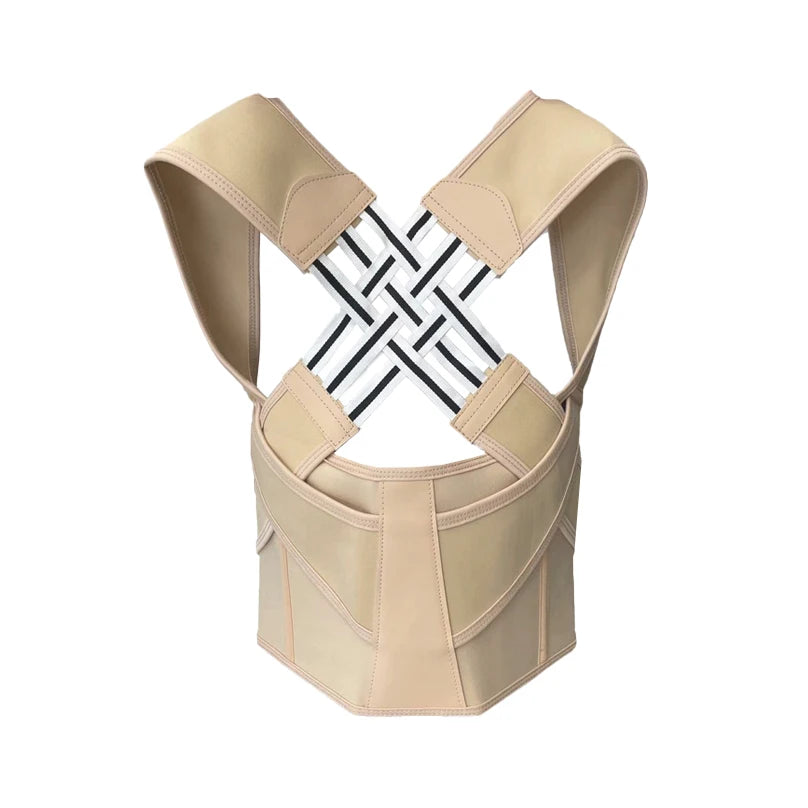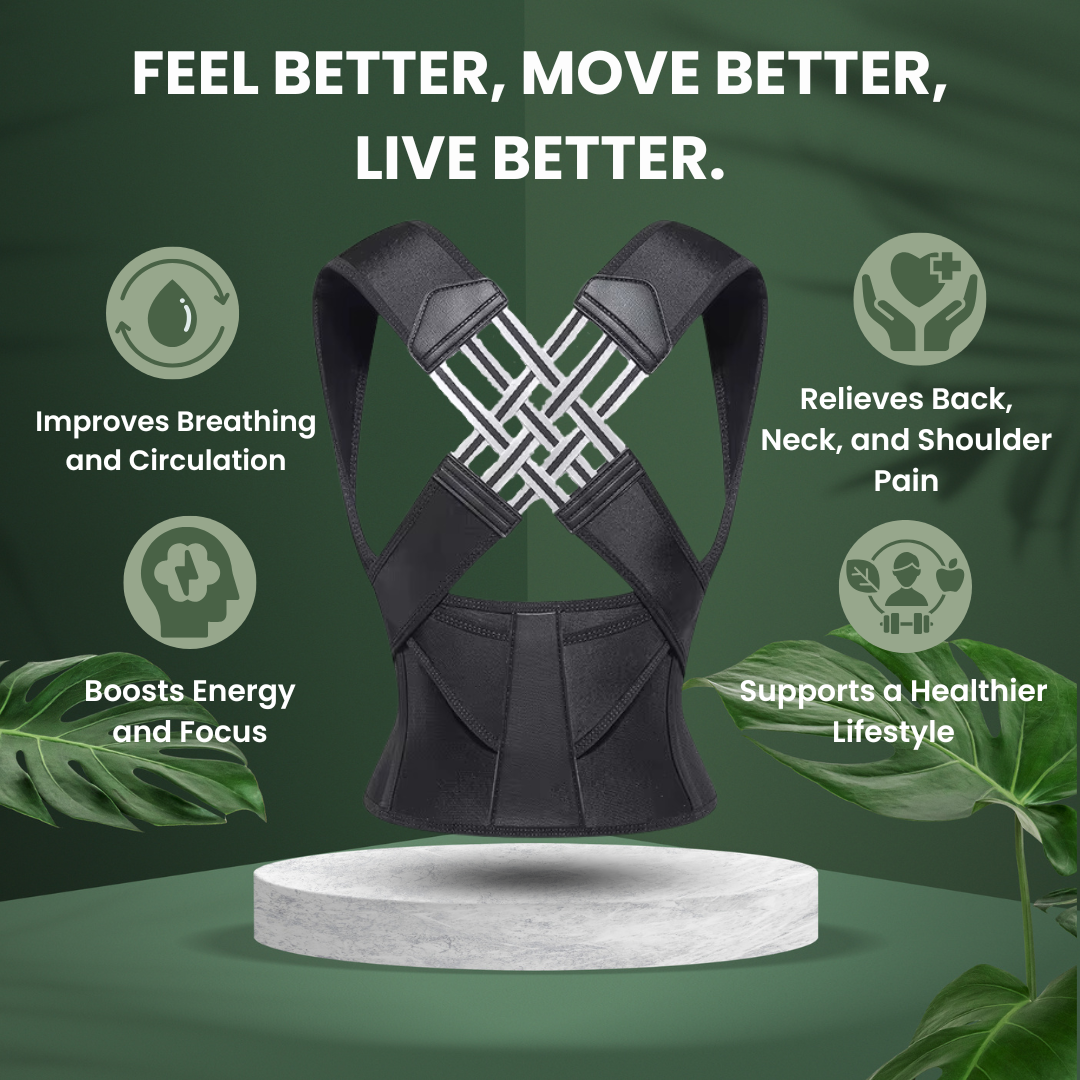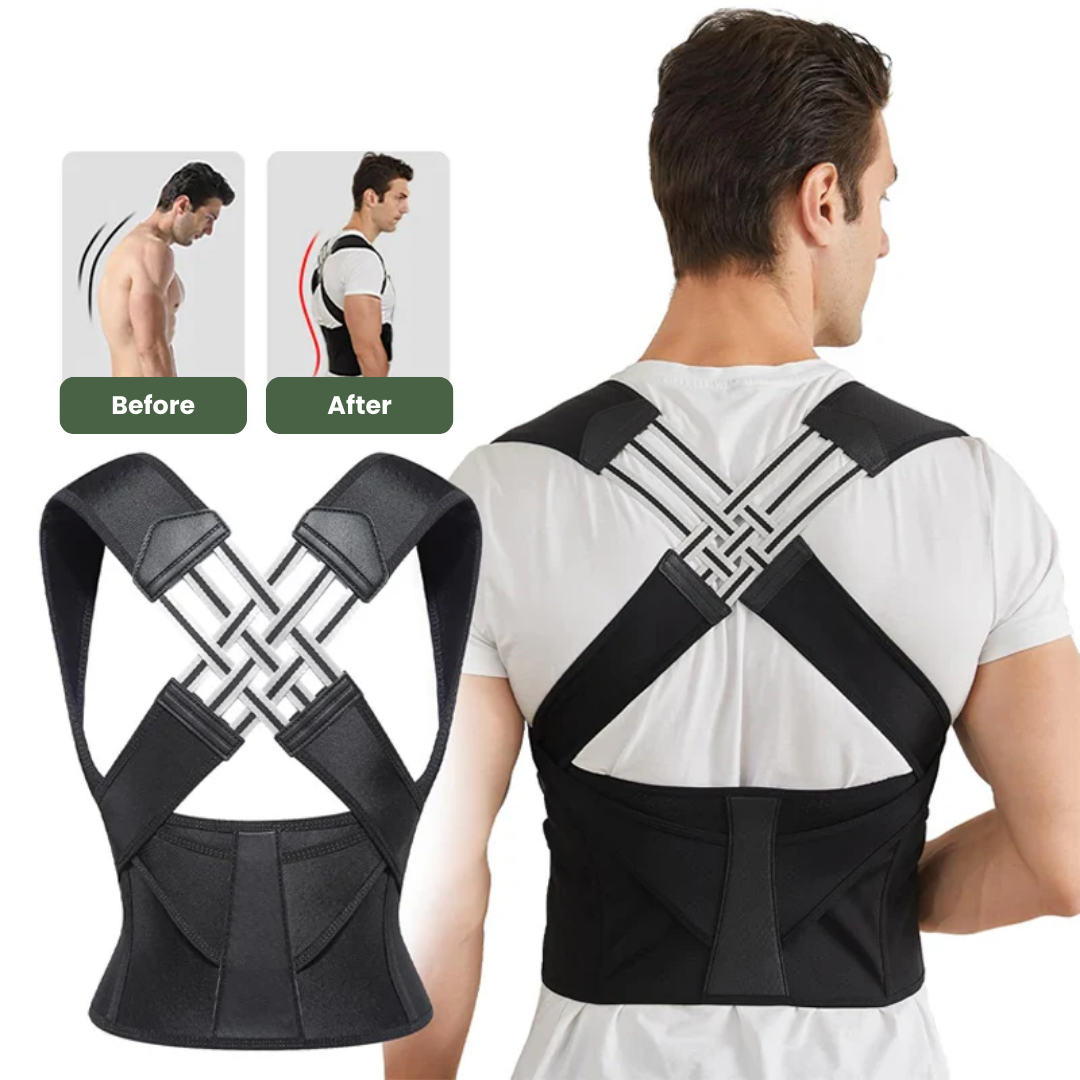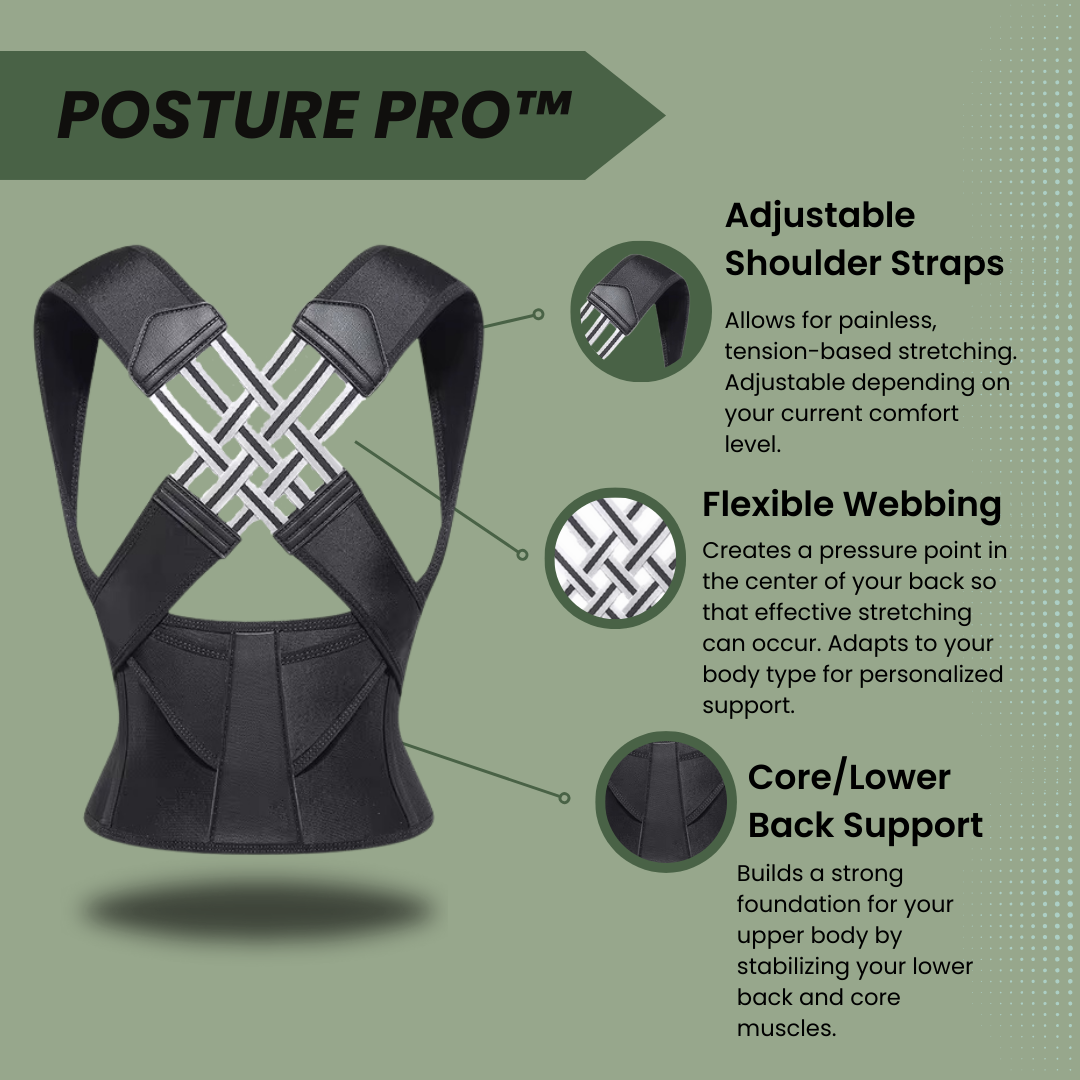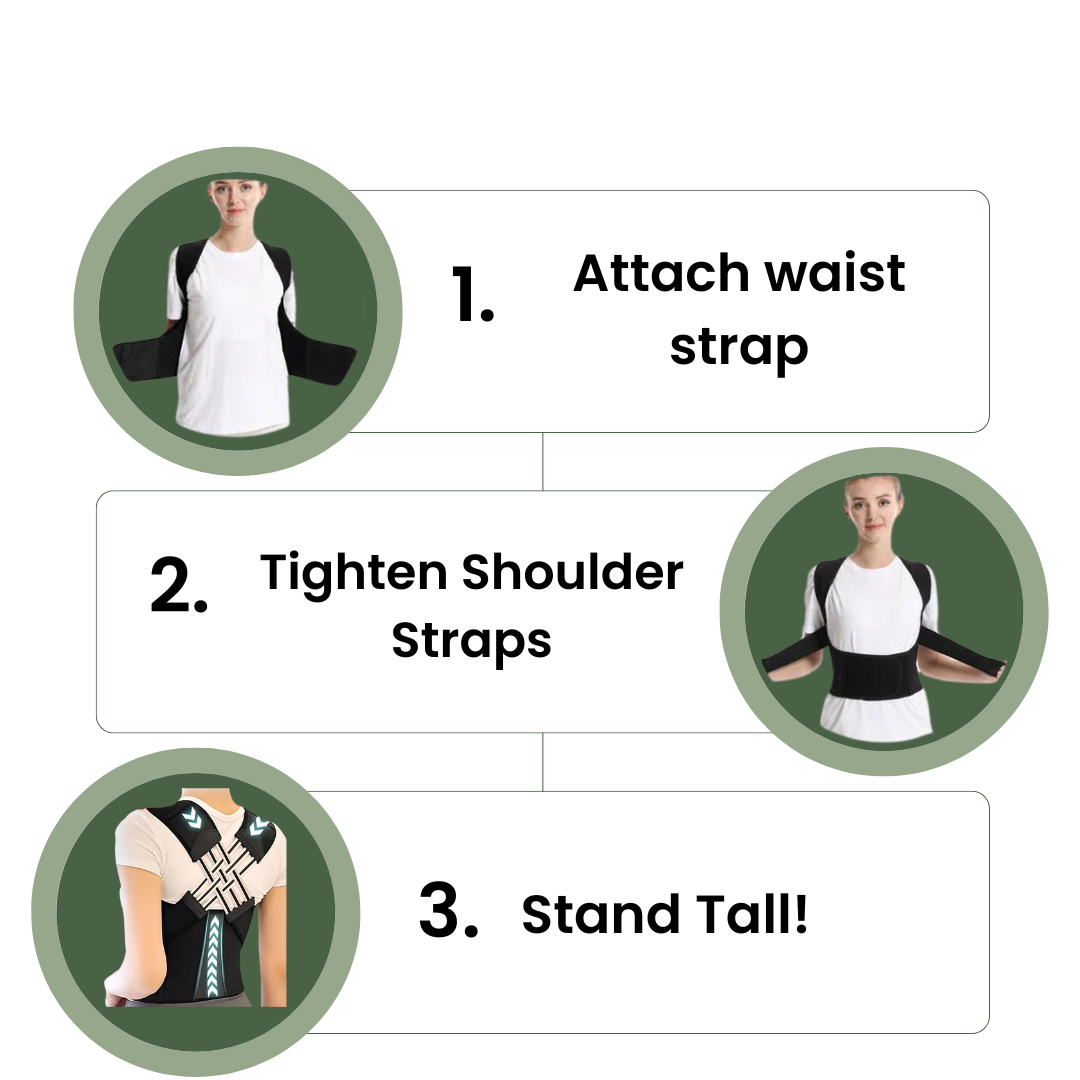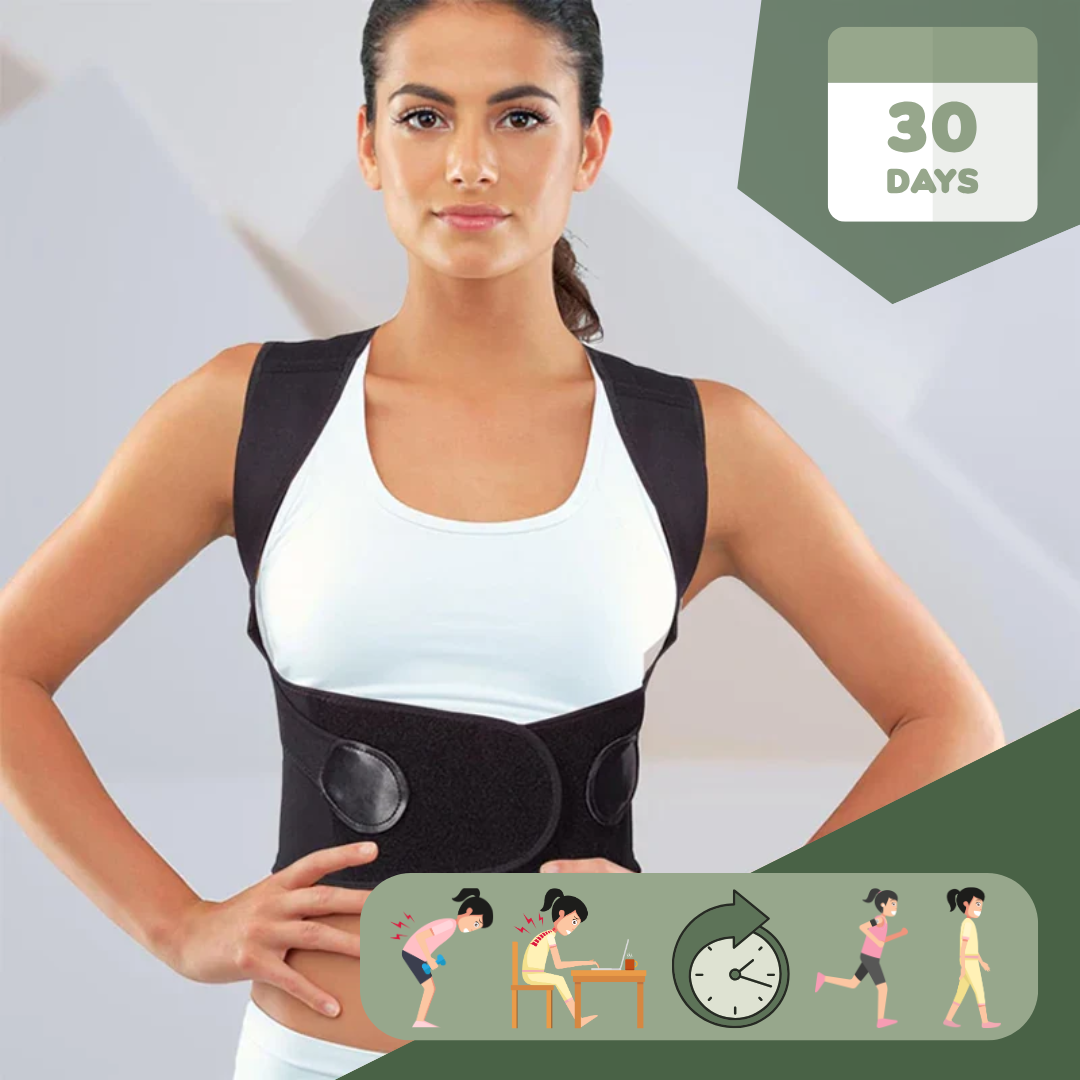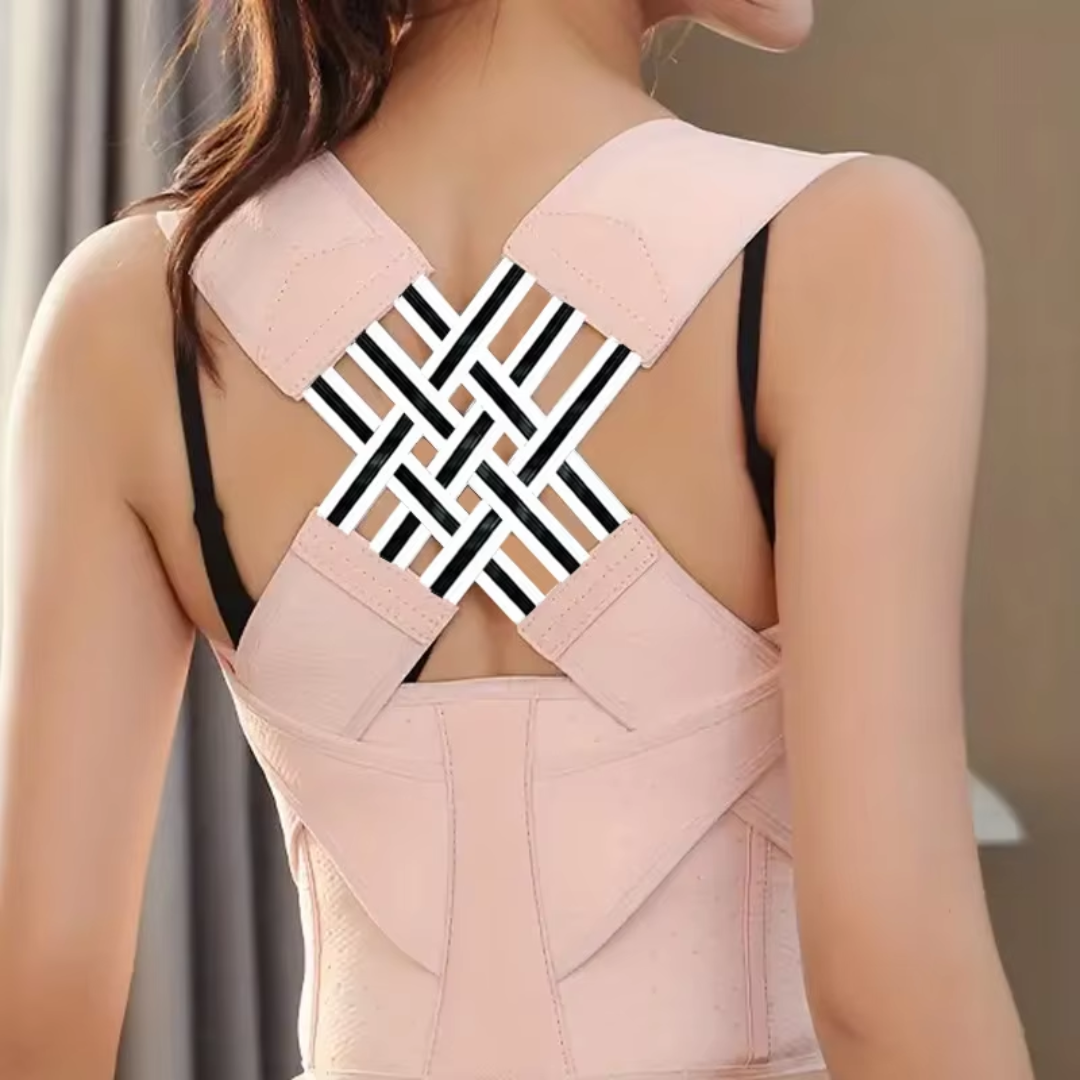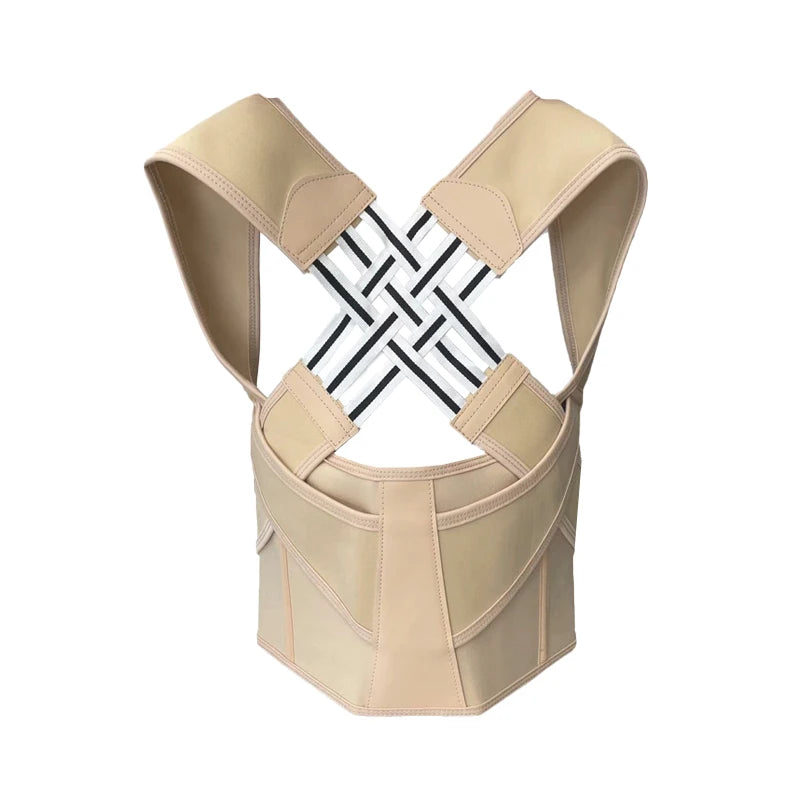Many people sit or stand wrong every day. This bad habit can hurt your back and shoulders. Our article talks about how using an ergonomic posture corrector can help fix this. Keep reading to feel better and stand taller.
Key Takeaways
- Sitting and standing the right way can stop back pain.
- Posture correctors help your body stand straight by fixing muscle balance.
- Adjust your workspace to fit ergonomic rules for more comfort.
- Choose a posture corrector with advice from a chiropractor to match your needs.
- Mixing breaks, stretches, and the right gear into your day keeps muscles happy and prevents strain.
Exploring the Importance of Ergonomics in Daily Activities

Understanding the significance of ergonomics in our daily routines can significantly impact our overall well-being. Proper sitting and standing techniques, when integrated into daily activities, contribute to improved posture and reduce the risk of musculoskeletal disorders.
Adopting ergonomic practices not only promotes physical health but also enhances productivity and comfort during work or leisure time.
Proper Sitting and Standing Techniques
Ergonomic seating designs help you sit right and stay comfortable. They keep your posture good and reduce back pain. Here are the best ways to sit and stand:
- Sit all the way back in your chair for the best lumbar support.
- Keep both feet flat on the ground to balance your lower back.
- Adjust your chair so your knees are even with your hips or a bit lower.
- Make sure there is a small gap between the back of your knees and the front of your seat.
- Position your monitor so the top is at or just below eye level. This stops neck strain.
- Use a headset or speakerphone for long phone calls to avoid shoulder pain.
- Every 30 minutes, stand up or stretch to keep blood flowing.
For standing:
- Stand straight with shoulders back but relaxed for better alignment.
- Wear shoes that give proper support, especially if standing for a long time.
- Place one foot slightly in front of the other to ease lower back pressure.
- Use a footrest to shift weight from foot to foot comfortably.
- Ensure work surfaces are at elbow height so you don’t have to stoop or reach up too high.
These tips use research on ergonomics as guidance. They aim to make sitting and standing less stressful on your body. Following them can help protect your joints and keep you feeling good while working.
Health Benefits of Regular Ergonomic Practices
Good ergonomic practices cut down on work-related injuries. These often happen from strains and too much effort. Making your work area better for your body helps prevent these issues.
It keeps you from missing work and feeling bad.
Using good ergonomics also makes your heart health better. Your workspace gets more organized, making you work smarter, not harder. Happy workers mean a safer place to work, all thanks to fixing problems before they hurt someone.
This means everyone can do their job well without worrying about getting hurt or feeling unwell.
Enhancing Ergonomics with Posture Correctors
Enhancing ergonomics with posture correctors is essential for maintaining proper body alignment and reducing strain. Posture correctors function by supporting the back and shoulders, helping to improve posture and alleviate discomfort.
Functions of Posture Correctors in Maintaining Alignment
Posture correctors work by pulling back your shoulders. They guide muscles to the right place. This helps if you have not used some muscles enough. The devices make you stand or sit straighter with ease.
You wear them a few hours each day. This avoids making you rely on them too much.
These tools also fix muscle imbalances from poor posture. They reduce discomfort in places like your back and shoulders. Posture correctors boost body awareness, making you know how well you are standing or sitting.
Use them with exercises to keep your posture good without help.
Choosing the Right Type of Posture Corrector
When choosing a posture corrector, consider factors such as type, fit, comfort, level of support, quality, and durability. Posture correctors come in various forms including braces, shirts, and advanced wearable technology.
Make sure to consult with a chiropractor for personalized advice on posture correction suited to your needs before making a selection. Effective usage involves wearing the corrector for up to three hours daily and establishing a consistent routine.
Practical Tips for Merging Ergonomics and Posture Correctors
Improve your workspace ergonomics by optimizing your chair and desk setup. Incorporate regular movement breaks to reduce strain on muscles and maintain good posture.
Creating an Ergonomic Workspace
To create an ergonomic workspace:
- Adjust your chair so your feet rest flat and your arms are well-supported.
- Position the computer monitor at arm's length and at or slightly below eye level.
- Ensure adequate spacing between equipment on your desk.
- Use an external keyboard and mouse with laptops for better posture.
- Take frequent breaks to counteract prolonged sitting.
- Create a space that encourages movement and standing through adjustable desks or workstations.
Integrating Movement and Stretching into Daily Routines
Implementing regular movement and stretching breaks into daily routines can significantly improve posture and reduce the risk of musculoskeletal disorders. Here are some simple ways to integrate movement and stretching into your day:
- Take short breaks every hour to stand up, stretch, and walk around.
- Set reminders to do quick stretches or gentle exercises targeted at the neck, shoulders, and back.
- Use ergonomic tools such as a stability ball or standing desk to encourage active sitting and standing throughout the day.
- Incorporate activities like yoga or Pilates into your weekly routine to improve flexibility and strengthen core muscles.
- Practice mindful breathing exercises to alleviate tension and promote relaxation during work hours.
These small adjustments can make a big difference in maintaining better posture and overall well-being.
Conclusion
In conclusion, maintaining good posture is crucial for overall health and well-being. Ergonomics plays a vital role in supporting proper posture during daily activities. Posture correctors can be valuable tools in achieving and sustaining better alignment.
By including ergonomic practices and using posture correctors, individuals can significantly improve their posture, reduce back pain, and enhance their quality of life. Keep in mind to create an ergonomic workspace, integrate movement into daily routines, and choose the right type of posture corrector to unveil the secrets of improved posture.
FAQs
1. What is a posture corrector and how does it help in posture improvement?
A posture corrector, also known as a back brace or back support, is designed to assist with posture correction. It provides lumbar support and helps relieve shoulder pain and back pain caused by poor posture.
2. How can ergonomics improve working conditions?
Ergonomics focuses on creating safe, comfortable working conditions that cater to an individual's proprioceptive senses. By using ergonomic tools like posture correctors, individuals can maintain proper alignment of their spine, reducing the risk of developing chronic pain due to improper sitting positions.
3. Can I use a back brace for both shoulder pain and lower back pain relief?
Yes indeed! A well-designed back brace offers comprehensive support for your body - from your shoulders down to your lumbar area. This makes them effective tools not only for relieving lower back pain but also alleviating shoulder discomfort associated with poor postural habits.
4. Are there any side effects of using a posture corrector too often?
While wearing a posture corrector aids in maintaining good spinal alignment, prolonged usage without breaks could potentially lead to dependence on the device for maintaining proper form instead of strengthening the muscles responsible for good natural posture.



